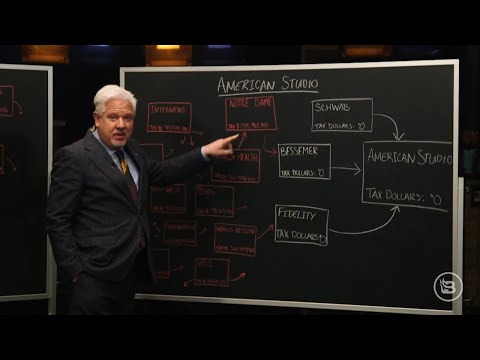**Unmasking the Deep State: A Closer Look at Regime Change and the Bureaucratic Web**
In recent discussions about the political landscape in America, a particular article by a writer named Applebomb has caught some attention. It dives deep into what can be called “regime change” facilitated by powerful figures, like Trump and Musk. While the writer and many others don’t see eye to eye on every issue, they share a common concern about the bureaucratic machine often referred to as the Deep State. This concept sheds light on how power in the United States might not rest solely in the hands of elected officials, but instead, within an intricate network of bureaucrats, all operating under a cloak of government authority.
The article starts with an alarming observation: the foundation of the current administrative state was built over many years, with politicians like Woodrow Wilson and Franklin Delano Roosevelt enhancing the bureaucracy to bypass constitutional restrictions. This has become a double-edged sword, enabling public funds to be funneled into programs that some might consider questionable or even grotesque. For example, consider the extensive financial operations supporting international causes, like circumcision initiatives in Africa or sterilization projects in South America. With all this money flying around, one cannot help but wonder about the underlying motives and the lack of oversight.
One key point raised is the role of organizations like the United States Agency for International Development (USAID) and the Department of State. These agencies distribute billions of taxpayer dollars annually, but the trail doesn’t stop there. The funds often find their way to secondary organizations that operate with less transparency, such as the National Endowment for Democracy. This creates a convoluted money trail that can easily obscure the intentions behind these financial decisions, making it challenging for the average citizen to understand where their hard-earned dollars are going.
As the article continues, it highlights how government money is funneled into well-known foundations like the Tides Foundation, notorious for its progressive agenda. This organization, among others, appears to act as a dark money conduit, shielding donations from prying eyes. It draws contributions from various left-leaning billionaires, helping to obscure the origin of funds that ultimately support controversial causes across the globe. This money laundering, while legal, raises significant ethical questions about accountability and transparency in government spending.
But the intrigue doesn’t stop there. Readers are urged to look at organizations within the U.S. like Global Refuge, which has received significant federal funds while working closely with NGOs to manage migration issues. This reveals another layer of the bureaucratic web—one that not only distributes funds but also influences media narratives and public opinion through controlled messaging. In a world where unbiased reporting seems increasingly rare, understanding who funds the media can lead to questioning the perspectives we hear daily.
In conclusion, the landscape of political power in America may not be as straightforward as it seems. As new revelations about the Deep State and its operations come to light, citizens are encouraged to demand greater transparency. Knowing where their tax dollars are going and who benefits from them could be key to understanding the true nature of power in the United States. As we continue to unmask the ties that bind an expansive network of bureaucrats, activists, and other entities, it may just be possible to reclaim government accountability and ensure that it truly serves “We the People.”



